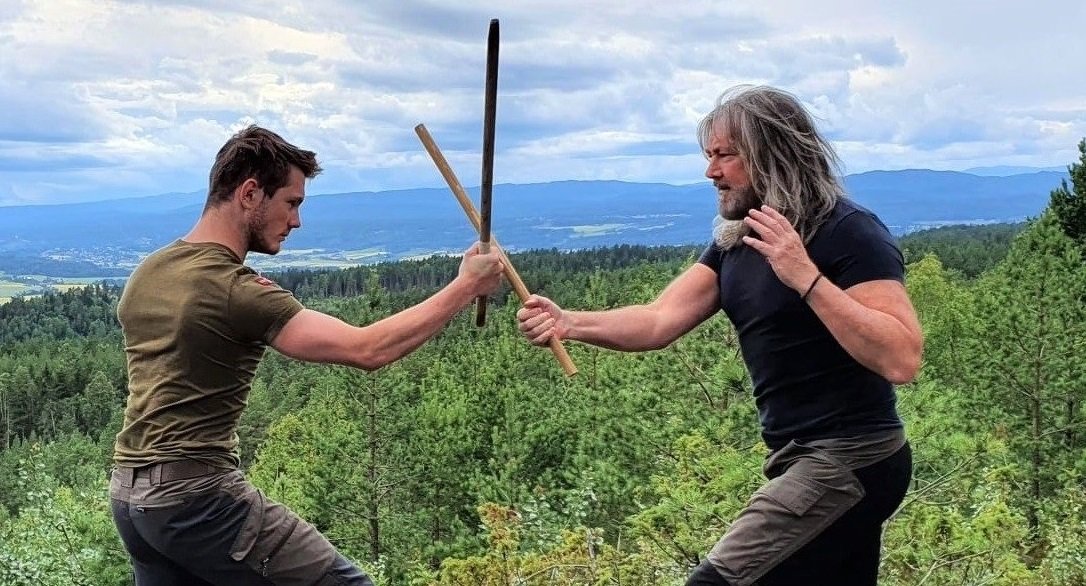The Academy of Viking Martial Arts does not glamorize weapon use, but we do teach techniques to defend against, disarm and use weapons in life threatening situations.
If you ever find yourself in being attacked by someone with a weapon, the best thing to do is to get away from such a situation as fast as possible. If you can't run away, or believe that you must defend yourself and others, what then? In this situation, self-defense techniques are needed.
Hopefully, you will never be attacked or end up in such a dangerous situation, but there is violent crime in the world and attacks with weapons happen. If you are serious about learning self defense skills, join a reputable martial arts school and start training.






